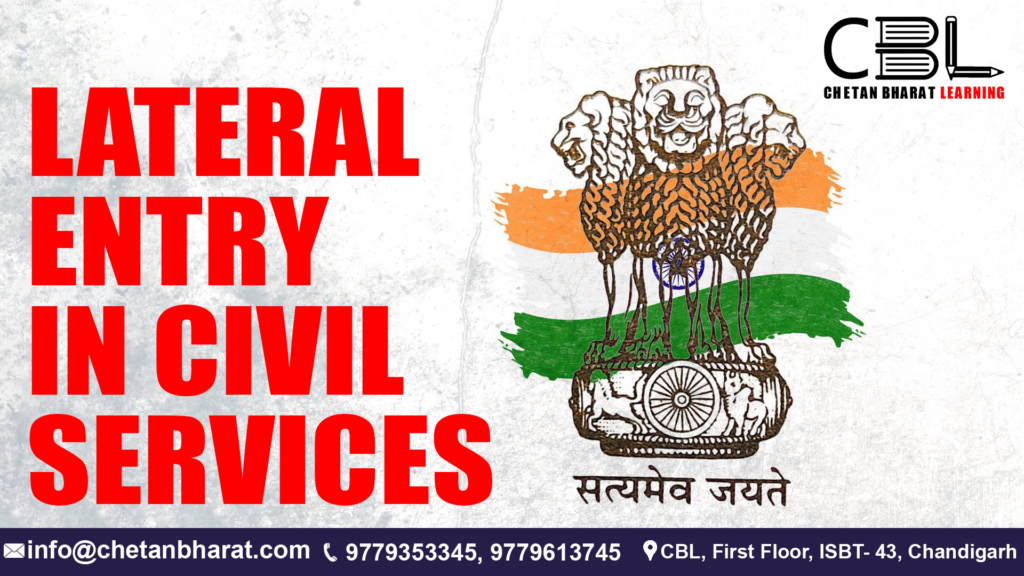
Important for UPSC, State PCS
Prelims: UPSC . NITI AYOG . OBCs . SC . ST
Mains: General Studies 2 . Issue related Lateral Entry In Civil Services .
Why in the news ?
A recent UPSC advertisement for recruitment to 45 lateral entry posts of Secretary and Joint Secretary at the Centre was withdrawn .
About Lateral Entry
Countries like Australia, USA, and the UK follow both the direct entry (via exam) and lateral entry.
Lateral Entry offers recruitment to persons from outside the usual bureaucratic setup for certain posts in government departments at mid or senior-level positions.
It is unlike the traditional hiring system where posts are filed based on merit through an exam conducted by the Union Public Service Commission (UPSC).
It is different from the appointment of private sector employees for advisory roles.
Example: Appointment of Chief Economic Advisor of India, usually a prominent economist.
It is contractual employment for 3 to 5 years (extension of tenure based on performance).
Historical Context
Congress-Led Rule: The concept of lateral entry isn’t entirely new. During previous Congress-led governments, lateral appointments were made.
For instance, Dr. Manmohan Singh, who later became Prime Minister, was appointed as Financial Secretary through lateral entry.
Similarly, Montek Singh Ahluwalia served as Deputy Chairman of the Planning Commission via the same route.
NDA’s Approach: Under Prime Minister’s leadership, the process of lateral entry was organised and made more transparent. Experts from relevant fields are now recruited on a contractual basis through the UPSC, which aims to enhance efficiency and bring specialised skills into the bureaucracy.
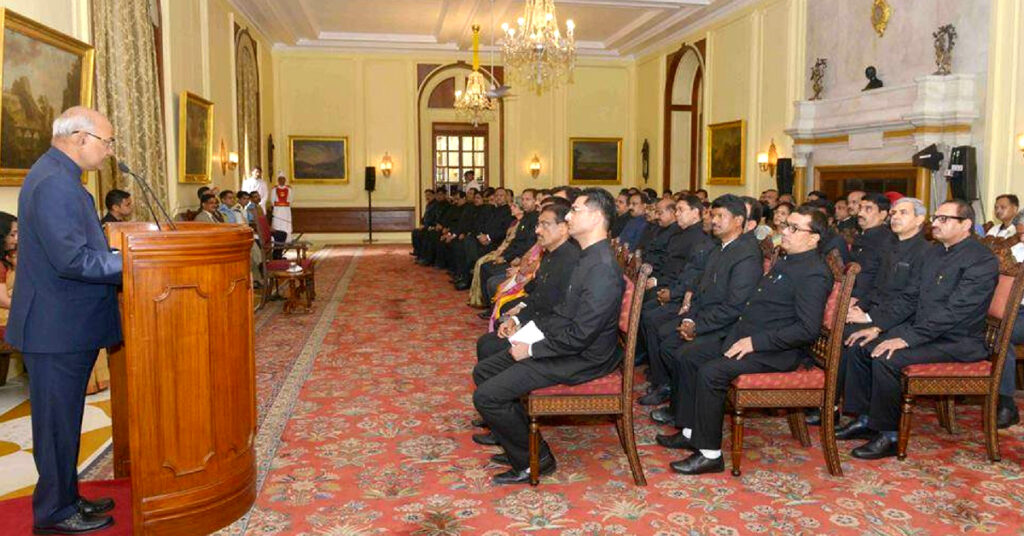
UPSC’s Role
The contractual appointments are initially for three years, extendable based on performance.
The UPSC plays a crucial role in lateral entry. Online applications are invited for ministries, departments, public sector undertakings, and autonomous bodies.
Advantages of lateral entry system
Dealing with Departmental Necessities: Certain ministries/departments are required to work in tandem with the private sector like civil aviation, environment, climate change, etc.
Addressing Shortfall of Officers: Only 442 IAS officers are working with the Centre, against the required strength of 1,469 officers (2023-24 Demands for Grants report of DOPT).
Baswan Committee (2016) had also supported lateral entry considering the shortage of officers.
Increase in efficiency and governance: Lateral entry “brings competition to the established career bureaucracy” (NITI Aayog).
Inclusion of Domain Experts: Hiring individuals with experience in economics, finance, and technology like robotics, Artificial Intelligence, Cryptocurrency, etc. could bring a fresh perspective to public policy.
Arguments Against Lateral Entry –
Striking the right balance between expertise and neutrality is crucial.
Reservation Concerns: Critics worry that lateral entry bypasses reservation policies for Scheduled Castes (SC), Scheduled Tribes (ST), and Other Backward Classes (OBC).
They fear that it might disproportionately affect representation from marginalised communities.
Lack of Institutional Memory: Traditional civil servants have a deep understanding of bureaucratic processes and institutional memory.
Lateral entrants may lack this context, leading to potential challenges in navigating complex administrative systems.
Risk of Political Influence: There’s a risk that lateral entrants could be politically influenced or used to further specific agendas.
What should be the way Forward?
1. Maintenance of balance- The government needs to maintain a fine balance between the career civil servants and the lateral entrants. The number of lateral entrants should be kept optimal and minimal.
2. Phased Implementation- The lateral entry program should be implemented in a phased manner by taking feedback and outcomes from initial recruitments. This will ensure that the integration of private sector professionals is smooth and effective.
3. Implementation of reservation policy- The lateral entry system should aim to implement the ‘13 point roster system‘ which provides for reservation. This will address the concerns of the SC, ST and OBC communities, regarding their perceived marginalisation.
4. Clearly defined recruitment rules and procedures- The recruitment and service rules for lateral entry posts need to be clearly defined and made incentive-compatible. For ex- A entry-level test to check the analytical skills, judgement capabilities, and personality traits.
5. Steps for assimilation with bureaucratic structure- A greater weightage can be provided for ‘prior consultation work’ with the government, as these people will face less difficulty in assimilation with the bureaucratic structure.
6. Exploration of Allocation of cadres- The option of allocating cadres for lateral entrants can be explored. These lateral entrants can be put for at least one year under State governments, for field level training and exposure.
7. Restriction to few technical sectors- The appointment should be restricted to sectors of finance, economy and infrastructure, which are technical in nature. It should not be extended to Home, Defence, Personnel etc.
CBL Practice Questions for Prelims
What is the primary objective of the lateral entry scheme in civil services ?
a) To increase the age limit for civil service exams
b) To bring in expertise from other sectors
c) To reduce the number of civil service posts
d) To streamline the promotion process
Answer: b) To bring in expertise from other sectors
CBL Mains Practice Question
Critically examine the selection process for lateral entry in civil services. How can transparency and meritocracy be ensured in this process ?

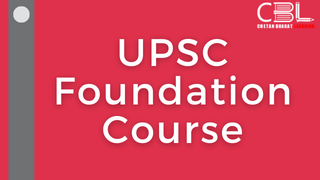
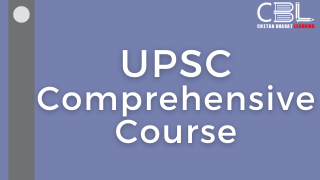
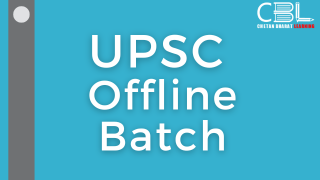
Leave a Reply
You must be logged in to post a comment.